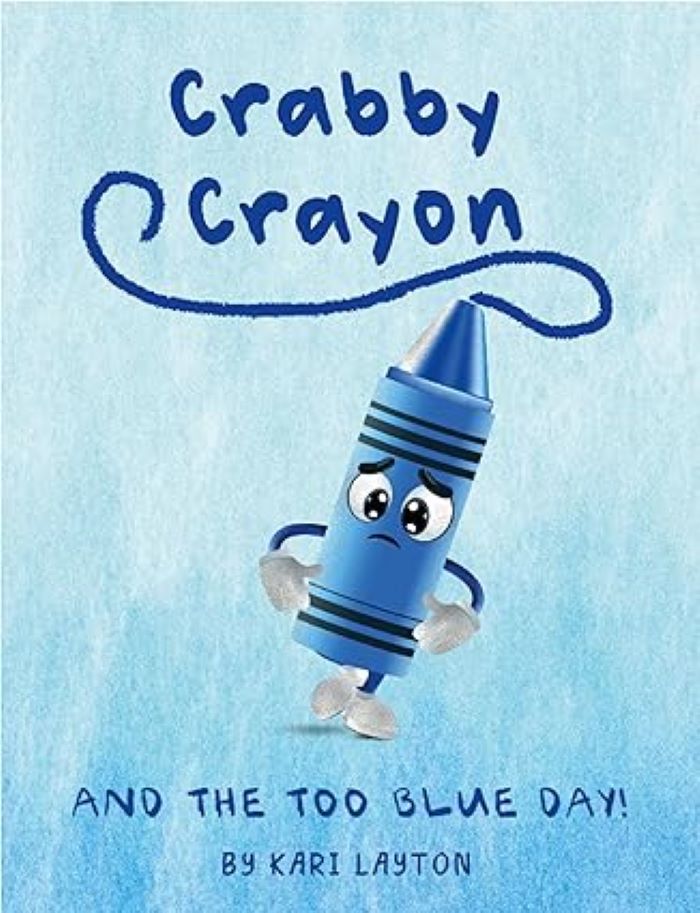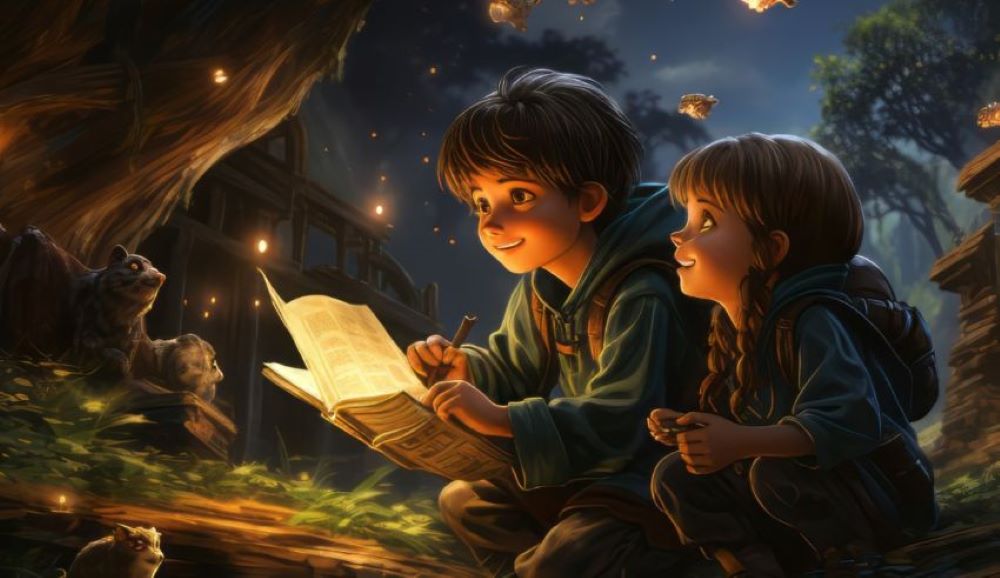Wondering how to come up with magical stories that enchant young readers? Creating captivating children’s books requires imagination and a knack for storytelling. Whether you’re a seasoned writer or just starting, finding fresh ideas can be challenging.
1. Tap Into Childhood Memories
One of the best sources of inspiration is your own childhood. Think back to the stories that fascinated you as a child. What adventures did you dream of? Revisit those memories and consider how they could be transformed into a new tale. Children’s stories about adventures, friendships, and overcoming fears are timeless and relatable.
2. Observe the World Around You
Children’s lives are filled with discovery and wonder. Take note of the things that capture their attention. Watch how they interact with their environment, listen to their questions, and observe their play. Everyday moments can spark unique and engaging plot ideas. For instance, a trip to the park could become an exciting journey in a story where playground equipment turns into fantastical objects.
3. Read Widely and Often
Immerse yourself in children’s literature to understand what resonates with young readers. Read a variety of genres and authors to see different styles and themes. This practice can help you identify gaps in the market and inspire new twists on familiar tales. Remember, the goal isn’t to copy but to gather ideas that can be uniquely yours.
4. Use Prompts and Exercises
Writing prompts are excellent tools to jumpstart your creativity. Here are a few to get you started:
- What if a child discovers a hidden door in their house that leads to a secret world?
- Imagine a talking animal who helps a child solve mysteries.
- What if a child’s drawing comes to life?
These prompts can lead to unexpected and imaginative plot ideas. Keep a notebook handy to jot down any ideas that come to mind, no matter how small.
5. Draw Inspiration from Art and Nature
Art and nature offer endless possibilities for story ideas. Visit museums, galleries, or take a walk in the park to spark your creativity. A painting might inspire a story about a mysterious character, while a nature hike could lead to ideas about woodland creatures or magical plants.
6. Collaborate with Children
Sometimes, the best way to find inspiration is to ask children directly. Talk to kids about their interests and what stories they would like to hear. Their answers can be surprising and provide a wealth of material. Collaborating with children can lead to plots that are truly engaging for your target audience.
7. Keep a Creative Journal
Maintain a journal where you can collect ideas, observations, and inspirations. Sketch characters, write snippets of dialogue, and outline potential plots. Regularly reviewing and adding to your journal can help you refine your ideas and develop them into full-fledged stories.

Conclusion
Spark your child’s creativity and imagination with Kari Layton’s debut children’s book “Crabby Crayon and the Too Blue Day!” This cheerful tale tells the story of Crabby, a lonely blue crayon who colors the entire world with shades of his favorite hue. Soon, however, he realizes that more colors are needed to bring the world back to a vibrant life. Featuring enchanting illustrations that bring Crabby and all the colors vividly to life, this book celebrates individual expression and the power of imagination.
Order your copy now to foster a love of reading and ignite creativity in any young artist!

